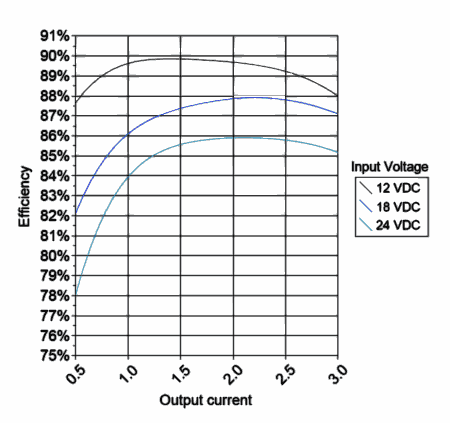I have some solar "fairy" LED lights. I had originally thought to cut the control unit off, and figure out what voltage to put onto the LED light wires. But then I bought some more, and discovered that while there were only two wires leaving the control unit, after the first light there were three wires, and there was a switch on the control unit to have two sets of lights alternating. Then I bought some solar meteor lights, and it got really complicated.
But now I am thinking, would it be possible to remove the rechargeable battery, and connect wires from a DC-DC converter, set down to 1.5V, to the battery connections ? (and just remember to only sequence those items at full-on, or off).
Would that work ?
But now I am thinking, would it be possible to remove the rechargeable battery, and connect wires from a DC-DC converter, set down to 1.5V, to the battery connections ? (and just remember to only sequence those items at full-on, or off).
Would that work ?


